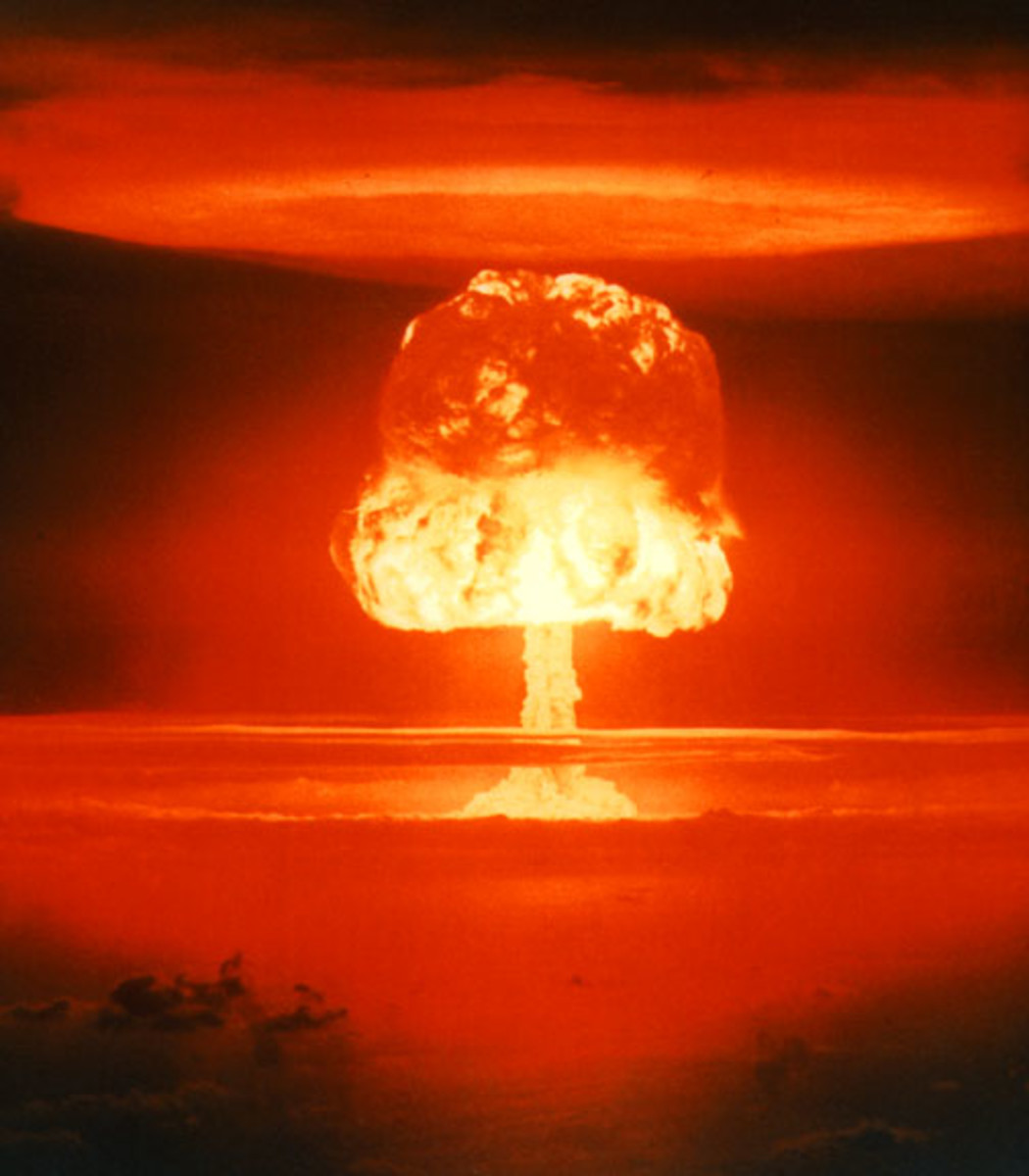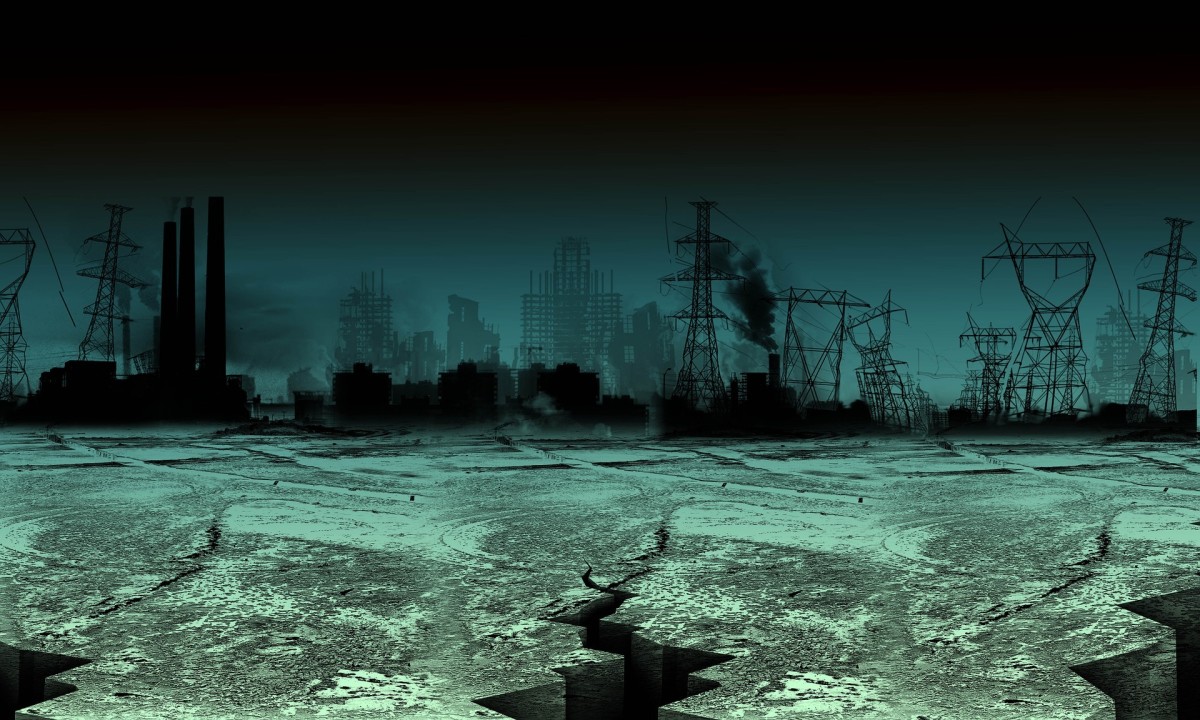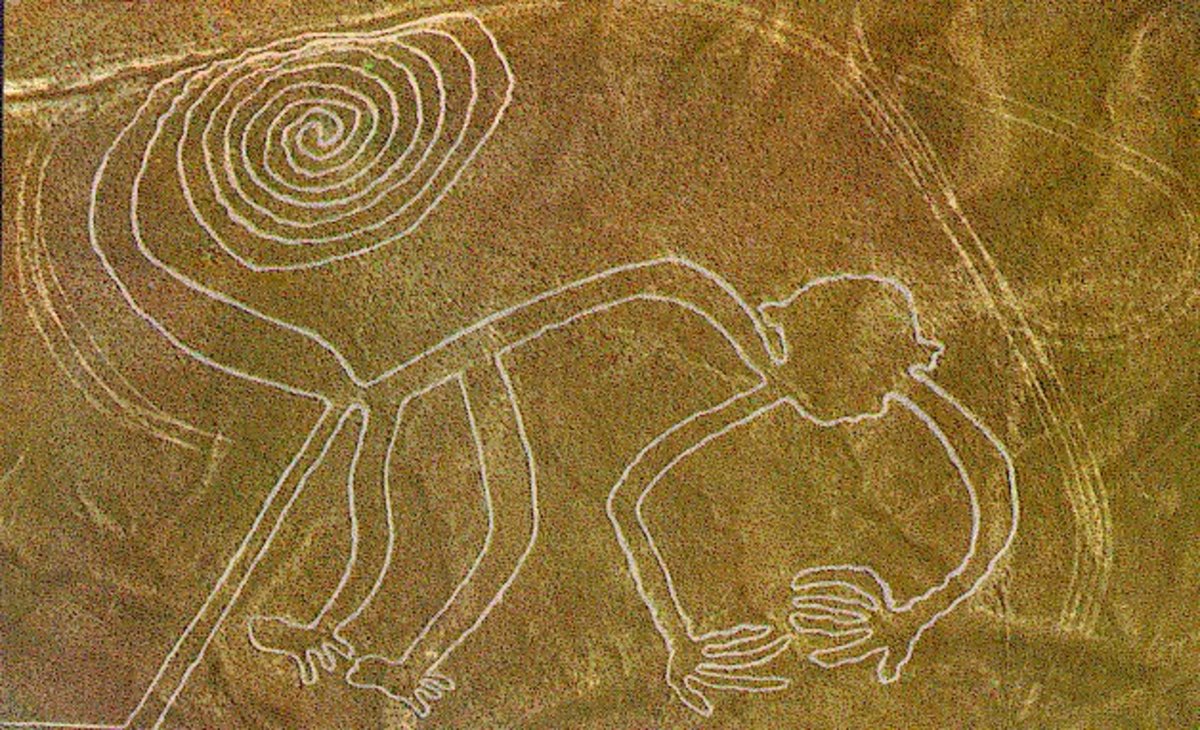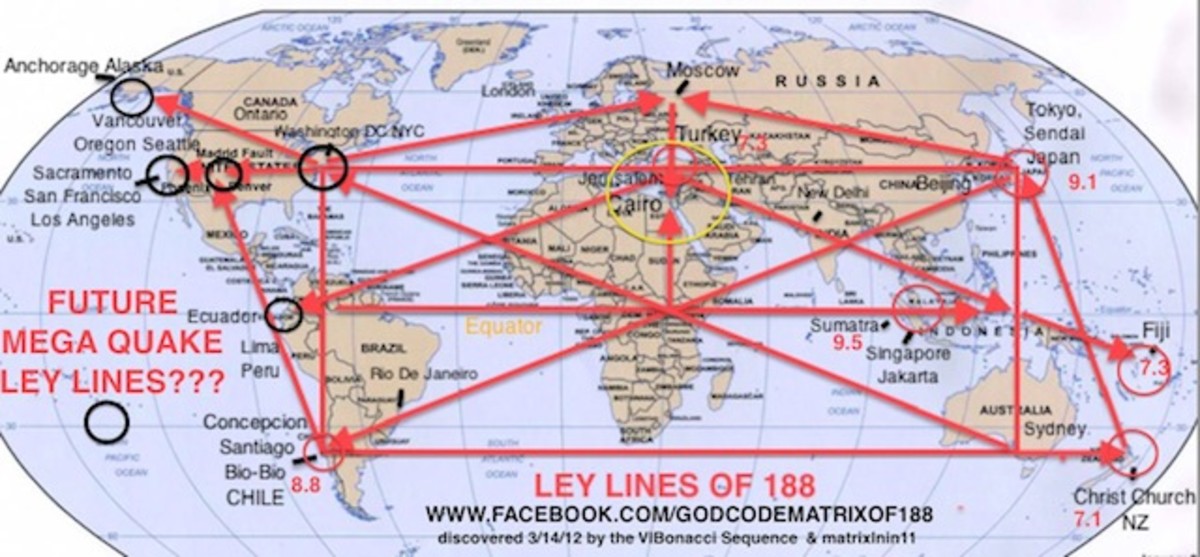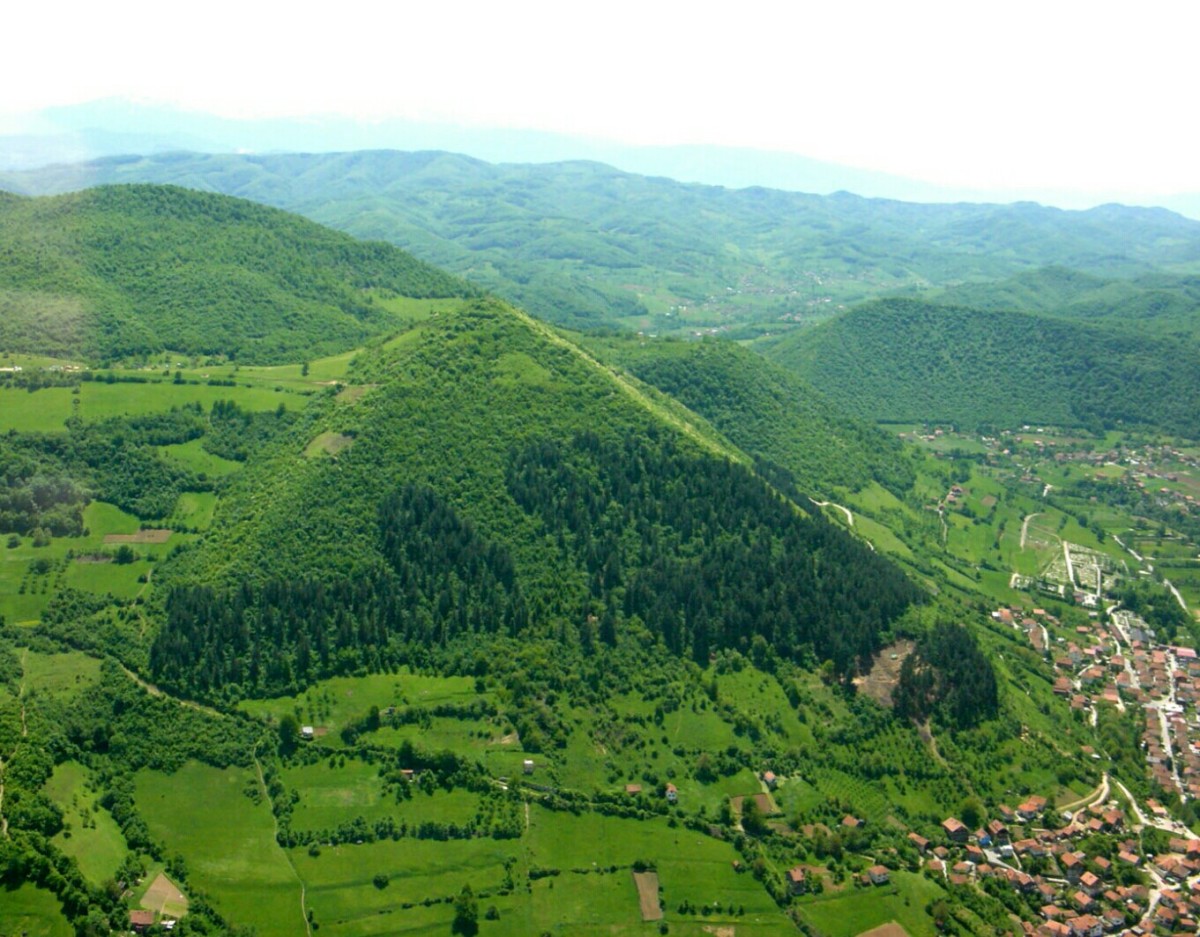Fear, Loathing and Forgetfullness
What Veklikovski speculated on, myth and legent tell, we have learned is all too true.
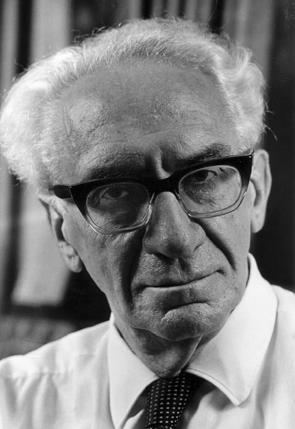
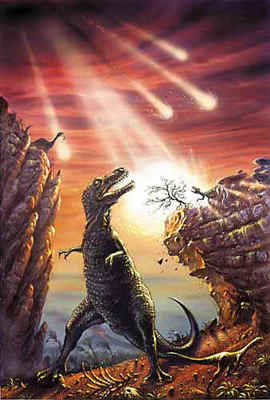
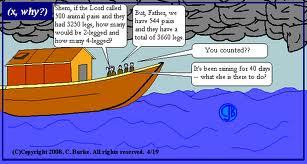
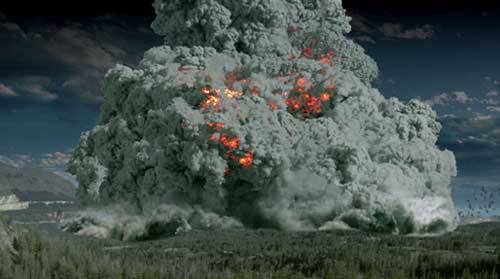
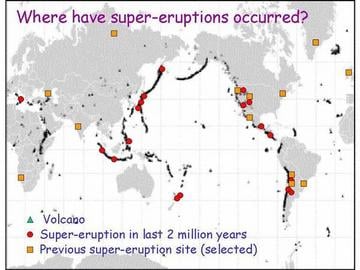
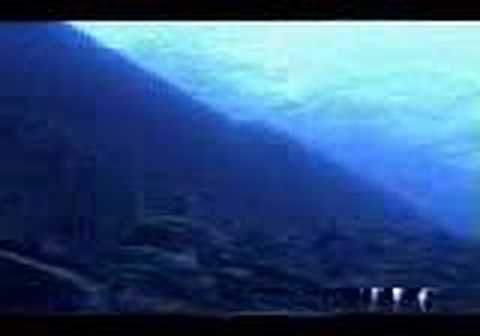
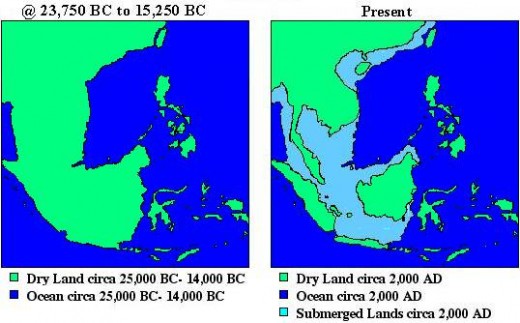
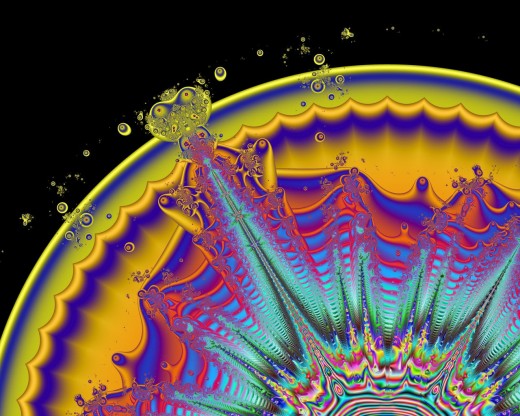
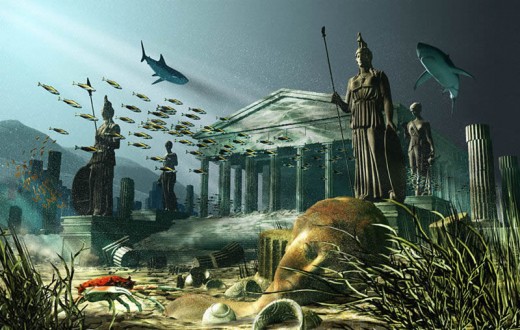
Horrific world engulfing events can cause a collective amnesia.
In the comfort that civilization offers or at least promises, we can forget how frightful the world and cosmos can become. The terror that comes of legendary events literally plunges the world into a chaotic and virginal state. The threat comes from many directions; from under our feet, off the coastlines of our seaside resorts, out of the sky and from deep space. These are the events out of our control; one's described as acts of the gods or God in wrath and loathing.
We have not within our memory, experienced such a terror as described in world myth. Indeed, were it not for myth and legend, we might not even appreciate such possibilities. In the context of recent archaeology, myth has a disturbing trend of becoming historical fact. Events such as the great floods of 12,600 years and 8,400 years ago that virtually wipe the slate clean are recorded in myth that later peoples thought were fictions have turned out to be true. Such is the nature of our amnesia, as so well defined by Velikovsky in "Mankind in Amnesia." Forgetfulness can come as a result of horrific events. Terrible shakeups can warp our psyche as well, turning us into something other than what we think as ourselves. This was recently born out in the Malaysian earthquake of 9.2 on the Richter scale that generated a tsunami that affected regions as far off as East Africa on Dec. 26th 2004. After the event, the survivors were in such a state of shock that some were rendered speechless and others could not remember what horrific event had just occurred. Revelation of such conditions in our contemporary experience also come from warfare and shell shock situations, as well as what we now call great natural disasters. There is plenty of evidence to suggest that our behaviour is radically modified by terrific events and the shock alteration of our environment. Research into behaviour modification involves billions of dollars of secret and not so secret spending along many fronts of experiment types. Neither is this research in any sense new.
The fact that we are easily suggestible comes from the findings of Mesmer in the early days of hypnosis. Suggestion is as simple and commonplace as peer pressure. We can easily find ourselves coaxed into doing what we find reprehensible, such as torture and murder. But this is neither the leaning nor the direction of this writing. Instead, the fact of environmentally induced mind altering is the idea under discussion.
Weather alters moods! It even affects the physical well being of some. Who in the northern hemisphere has totally escaped the late winter blues, when days are short, cold and brutish? Weather of course, results due to the Sun-Earth relationship and the differential heating of the Earth's surface. This whips up the winds and the storms that are seeded from oceanic evaporation at warmer latitudes. Weather brings terror when hail destroys crops or a whirlwind rips our lives to shreds. Then after the blow, fear encroaches to replace the previous comfort and satiation.
The Earth itself can prove to be a foe when large chunks break loose and bulldoze our carefully built lives into ruinous oblivion. Then there is the incessant shaking that is the by-product of a dynamic interior. Hardly a day passes without a report of a tremor here or there. Occasionally, a huge shakedown of legendary proportions alters the very landscape, tossing our structures all about, such as the Malysian sub oceanic earthquake of Dec. 26th, 2004, as if in childish tantrum. These Earth movements can create either huge landslides or tsunamis, or both together. Related to all this are the volcanoes, some of them temperamental and having the power ascribed to great gods, capable of driving civilization into the oblivion of a dark age with all the horrors of famine, disease and pestilence. These bring with them, dread and loathing. One great volcanic explosion brought humanity to the very brink of extinction some 74,000 years ago. Krakatoa changed the course of history with a devastating explosion in 535 AD. A dark age of a thousand years in Europe was given birth by this explosion. Out of the ashes was born Islam and the Classic Maya warrior states.
The not so benign ocean is something that can fill the most hardened sailor with dread. Portions of the world oceans are in more or less constant storm and tumult. Then there are waves, so huge, that they swallow the greatest ships and mighty ports. Evidence exists of tsunamis reaching half way up coastal mountains. Legends from around the world describe great world engulfing floods. The Bible contains but one account.
Then there is the sky, replete with comet dread, darkening suns, bloody moons and "stars falling to Earth." There are even legends and myths about flying mountains that pass overhead or crash into the sea. Descriptions of a burning hell erupt forth out of the legendary maelstrom. Sometimes the entire world visible to the region's peoples is burned to a cinder. The visions of a hot hell have a source of inspiration from nature itself. Sometimes all of these events occur together due to a single cause. Together they bring the dreaded state of hell on Earth. When reason and memory fail, myth and epic poems takes over, and fantastic stories are the gift from our past, handed down to us over many generations.
Great and tumultuous events cause shock. A person, let alone an entire society in shock, is disoriented, often unable to recall the simplest details of them. Indeed, this disorientation is characteristic of a shock victim and is used as a quick measure by paramedics to establish the severity of shock. Sometimes the shock is great enough to induce amnesia. In the context of a society where others are not in shock, the victim of an accident or "act of God" can be assisted back to something resembling their former state. But what if everyone that survived a worldwide calamity were in shock? Do we have any comparable example to measure such an event? The atomic bombing of Hiroshima and Nagasaki both induced the kind of mass shock in the survivors that was hard to treat by the medical staff when they arrived. Further, great battles entailing the use of continual carpet-bombing produce a similar effect. In fact, not only is a state of shock induced amnesia present, the mind can be tricked into flashbacks of the horror by a sudden noisy report, like a car backfiring. It is a kind of indelible memory that supplants and erases the past. Experiments in the fringes of psychology can artificially wipe clean a persons memory and replace it with something totally different and artificial. The military has experimented with mind-altering drugs to create this state within large numbers of people, such as would be found in a theatre of war. Unwitting soldier "guinea pigs" have been put to these tests as well as hapless mental patients. As it turns out, Earth quasi-periodically has a day bad enough to induce mass shock in all the survivors and instantaneous amnesia in all but a few. The survivors, like newborn children, must start all over again, at the level of animals. This is a true formula for mass disaster. Today, in our coddled civilized state, we are as newborn infants in the face of the unimaginable natural horrors and their aftermath.
Some disasters are gradual, creeping events, like the ruinous year of 535 AD that created devastation over a twenty-year period thereafter. The dark ages were born out of this event. But the event was not so severe as to reduce everyone to the Stone Age. Marginal regions did collapse into barbarism, but some knowledge survived and forgetfulness was not total. This period has been shown to have been colder than usual. An outbreak of bubonic plague decimated the Roman population. Drought ensued and brought down mighty empires. New ones were born a century later. There also exists in the record a 200 year drought that ended the fourth dynasty of Egypt in 4,200 B.C. The cause of this world wide drought is not known.
So, how does a civilization forget, even in a slow encroaching event? The clue lies in what Plato said about calamitous events. He describes upheavals that wipe out the learned, leaving only the rudest, most unlettered and the hardiest alive. Learned folk by their nature are not types who live in the outback as an aborigine does. Learned people usually have a very specialized learning that works well within the context of others who have differing specialized learning that all interlocks, like pieces of a jigsaw puzzle. As long as they are all there, the whole functions smoothly. Take one crucial piece away and the rest is handicapped or completely halted. They are thus more sensitive to calamity. For example, whom among us has every skill required to build a car completely, from nothing more than the raw resources required for all the parts? A completed car is an assemblage that requires the skill input of thousands of different specializations, from processing the raw materials to machining the working parts and finishing the interior and exterior. The so called outback savage on the other hand, has all the skills to live in their environment and can withstand this kind of event and thus has better survivability. Knowledge dies with the learned that have not spent a life making a living off a harsh landscape. The ones who have lived thus are used to harsh conditions and can more easily survive these upheavals. Sudden calamities are a different event altogether. Once more though, it is the people who live directly off the land who fare best. Those who live by virtue of all the supports of civilization and others, who work for them, are among the first to perish.
Some 74,000 years ago, Toba exploded and reduced humanity to barely a thousand individuals worldwide. Before this time, there is almost no direct memory except that labelled as the dream-time by Australian aborigines. But even this is not a major event as catastrophes go. It is similar to the Feb 535 AD explosion to Krakatoa, only quantitatively more violent. Great Earth shattering events are the stuff of myth and legend. These are the events of Biblical proportions, the great inundations, and mountains moving out of their places, islands disappearing, the firestorms and so forth. Even so, to have humanity reduced to a handful of individuals is enough to erase almost all memory. Collectively, forgetfulness is almost total. Individually, the survivors endure a period of shock and without any outside support, must climb once more from the animal kingdom, into what we regard as civilization with fear and trembling all along the way. Big disasters, we have learned, beget many others in their wake. Since what is remembered is the great ruin, this gets transmitted over the generations as the stuff of legend and myth, which we are now finding to be all too real from traces of submerged cities and the like. What was before is all but completely forgotten. Myths of great civilizations like Atlantis, Lemuria and Mu abound, but direct proof is hard to come by except for suggestions of influence in places like Egypt, Mesoamerica, the Jungles of Cambodia, underwater off the coasts of Japan, India and England as well as other sites.
Humanity has laboured long and hard to rise up civilization from chaos. But is this the first time? Evidence increasingly suggests that this is not so. Archeologists have uncovering several intriguing sites that point to a moment in history, specifically to 10,600 BC. Several temples and sites around the world align to the skies as they were at that date. They are laid out as copies of constellational patterns. This is something that has only been recently learned. Before this, these monuments stood mute for nearly 13,000 years. Some of there functions were understood, but the overall pattern has only recently been relearned. What occurred that caused humanity to fall into amnesia? The event was the end of the last ice age that caused inundation of all coastal areas by an additional 100 meters of sea level. It is learned that the triggering event was an impact on the then existing Laurentide ice sheet. The sudden shock caused flash melting, the creation of the Niagara escarpment and a sudden release of mass quantity of methane that heated up the earth. it would be easy to see that a great and swift melting occurred in just a few short years. Certainly there is a record of a great atmospheric change at that time as indicated in the ice cores that show methane and a 5 degree upward shift in temperature. Combined with tis, as suggested by some, are the orbital eccentricity changes that come to Earth due the evolution of a Milankovich cycle. Low-lying areas may have been instantly eliminated by tsunamis created by melt water floods. Evidence exists in the Northwest US of a sudden huge flood wiping out uncountable trees and millions of animals that were suddenly washed into a mass grave. There is evidence that the Mediterranean Sea did not always exist, but became a reality due to a great inundation caused by rising sea levels. People in these areas would have joined their animal and plant counterparts. The destruction in these cases was so sudden, that no memory in legend exists, unless we accept that Atlantis lies at the bottom of the Mediterranean. Only archeologists and paleontologists have recently laid hold of the memory through the evidence left by the upheavals, but this picture is fragmentary and uncertain. With the global meltdown of the glaciers and polar regions, huge chunks of ice break off, especially at Greenland and Antartica. This kind of thing is currently going on at both poles. An actual event was recorded off the coast of Greenland. We are lined up for a possible major event involving catastrophic meltdown. Due to global warming, Anyone on a coast is vulnerable.
When these events occur, most people not initially killed, are placed in a state of shock with accompanying fear and amnesia. Some events are so horrible, survival thereafter so difficult, the mind blots out all except the most immediate concerns of survival. This amnesia state due to shock is seen today, but nowhere near the level of a universal state of a great upheaval. After the "dust has settled" and people try to understand what had happened, myths are born. Explanations are sought for the loathsome condition that has become reality, whether it's a frigid or frying wasteland, riddled with the stench of death and disease, where no sustenance can be found. Some groups revert to cannibalism and a tribal warrior cult in order to survive. But to make the transition from the former benign condition to the harsh new reality, all competition to survival must now be seen as a hated enemy to be eliminated, even used as the next meal.
Since conditions on Earth have changed literally in the blink of an eye on some occasions of the past, the same can be true of the future. What will come tomorrow? Will it be the slow encroachment of catastrophe over the span of eighteen months such as the Krakatoa event of 535 AD, or the sudden conflagration produced by an impact? Today we are aware of temperamental Krakatoa, the threat of Yellowstone, Toba, Tambora and Santorini. We are aware of potential huge landslides that can trigger huge tsunamis. Then there is the increasing awareness of threatening asteroids and comets. Earth's orbit is due for another change. Destruction at our own hands is a constant threat. People like Nostradamus were apparently aware of past events and projected such horrors for future occurrence as well. He also saw the potential of humanity being reduced once more to savagery and even cannibalism. He also apparently saw humanity successfully reaching out to the stars.
Now we can recollect what has happened in the past, fleshing out myth and legend, giving it substance and reality. This has been done in many ways from several disciplines. We can identify what occurred and when; why great events were forgotten except in myth told and retold for generations before being written down as several variations. Now that we remember, we should behave so as to preserve the future as well as our hard won remembrance of cataclysms past. The Amnesiac has remembered and rediscovered fear and loathing in the offing.

